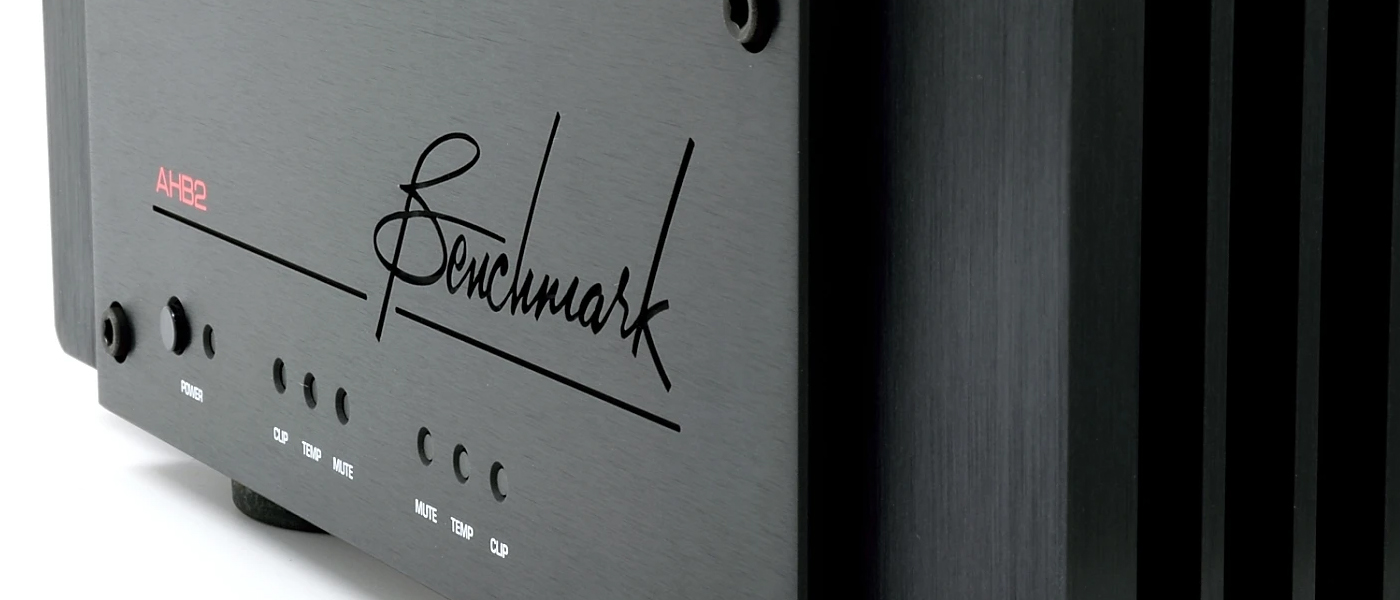- Joined
- Jan 28, 2017
- Messages
- 635
- Likes
- 806
A recent interview with John Siau was published in the Secrets of HT and High Fidelity.

 hometheaterhifi.com
hometheaterhifi.com
I enjoyed getting further insight into the AHB2 and was particularly intrigued by one point made by John Siau with regards to distortion at low volume settings:
"Class AB amplifiers often produce a small transient every time the output voltage crosses 0 volts. These crossover distortion transients are visible on test equipment, and they raise distortion to a high percentage of the signal when the amplifier is delivering a fraction of a watt. This crossover distortion does not generally show up in THD+N measurements that are made at high power levels, but it becomes the dominant cause of distortion when playing at low power levels. It turns out that most of the sounds we hear in a recording are reproduced using a fraction of a watt. For this reason, I suspected that we should be able to create a simple listening test that would prove that crossover distortion is audible."
He refers to an ABX study (how refreshing!) that showed this distortion was audible.

 benchmarkmedia.com
benchmarkmedia.com
He also refers to distortion in D class amps:
"The AHB2 is a linear amplifier, but its efficiency is close to that of a class-D amplifier. The difference is that the AHB2 does not produce the distortion and high levels of ultrasonic noise that are always produced by class-D amplifiers. Class-D performance measurements can be deceiving because the measurements are made with a 20 kHz brick-wall lowpass filter that removes the ultrasonic noise. That test-equipment brick-wall filter is missing when you connect your speakers to a class-D amplifier. The ultrasonic noise and distortion are sent directly to your tweeters where they can be demodulated back into audible frequencies. For this reason, class-D amplifiers do not sound as good as the measurements would suggest."
If these topics have been discussed elsewhere, please advise. I own the AHB2 as well as several D class and A/B class amplifiers and haven't noticed audible differences between them; I will focus more on low volume listening going forward.
I post this to see if this is something others have noticed and comments from the experts on the accuracy of these statements. I understand Mr. Siau is a contributor to this form and perhaps he will comment as well. I could not find his member name however.

Secrets Q&A with John Siau of Benchmark Media Systems - HomeTheaterHifi.com
Benchmark Media Systems is a small but accomplished audio manufacturer headquartered in Syracuse, New York.
I enjoyed getting further insight into the AHB2 and was particularly intrigued by one point made by John Siau with regards to distortion at low volume settings:
"Class AB amplifiers often produce a small transient every time the output voltage crosses 0 volts. These crossover distortion transients are visible on test equipment, and they raise distortion to a high percentage of the signal when the amplifier is delivering a fraction of a watt. This crossover distortion does not generally show up in THD+N measurements that are made at high power levels, but it becomes the dominant cause of distortion when playing at low power levels. It turns out that most of the sounds we hear in a recording are reproduced using a fraction of a watt. For this reason, I suspected that we should be able to create a simple listening test that would prove that crossover distortion is audible."
He refers to an ABX study (how refreshing!) that showed this distortion was audible.

Power Amplifiers - A "First Watt" ABX Test
In Benchmark's listening room we recently demonstrated the importance of the first watt using two 100 watt stereo power amplifiers. One amplifier was a traditional class-AB amplifier, the other was Benchmark's AHB2 power amplifier with feed-forward error correction. Using a double-blind ABX...
He also refers to distortion in D class amps:
"The AHB2 is a linear amplifier, but its efficiency is close to that of a class-D amplifier. The difference is that the AHB2 does not produce the distortion and high levels of ultrasonic noise that are always produced by class-D amplifiers. Class-D performance measurements can be deceiving because the measurements are made with a 20 kHz brick-wall lowpass filter that removes the ultrasonic noise. That test-equipment brick-wall filter is missing when you connect your speakers to a class-D amplifier. The ultrasonic noise and distortion are sent directly to your tweeters where they can be demodulated back into audible frequencies. For this reason, class-D amplifiers do not sound as good as the measurements would suggest."
If these topics have been discussed elsewhere, please advise. I own the AHB2 as well as several D class and A/B class amplifiers and haven't noticed audible differences between them; I will focus more on low volume listening going forward.
I post this to see if this is something others have noticed and comments from the experts on the accuracy of these statements. I understand Mr. Siau is a contributor to this form and perhaps he will comment as well. I could not find his member name however.

